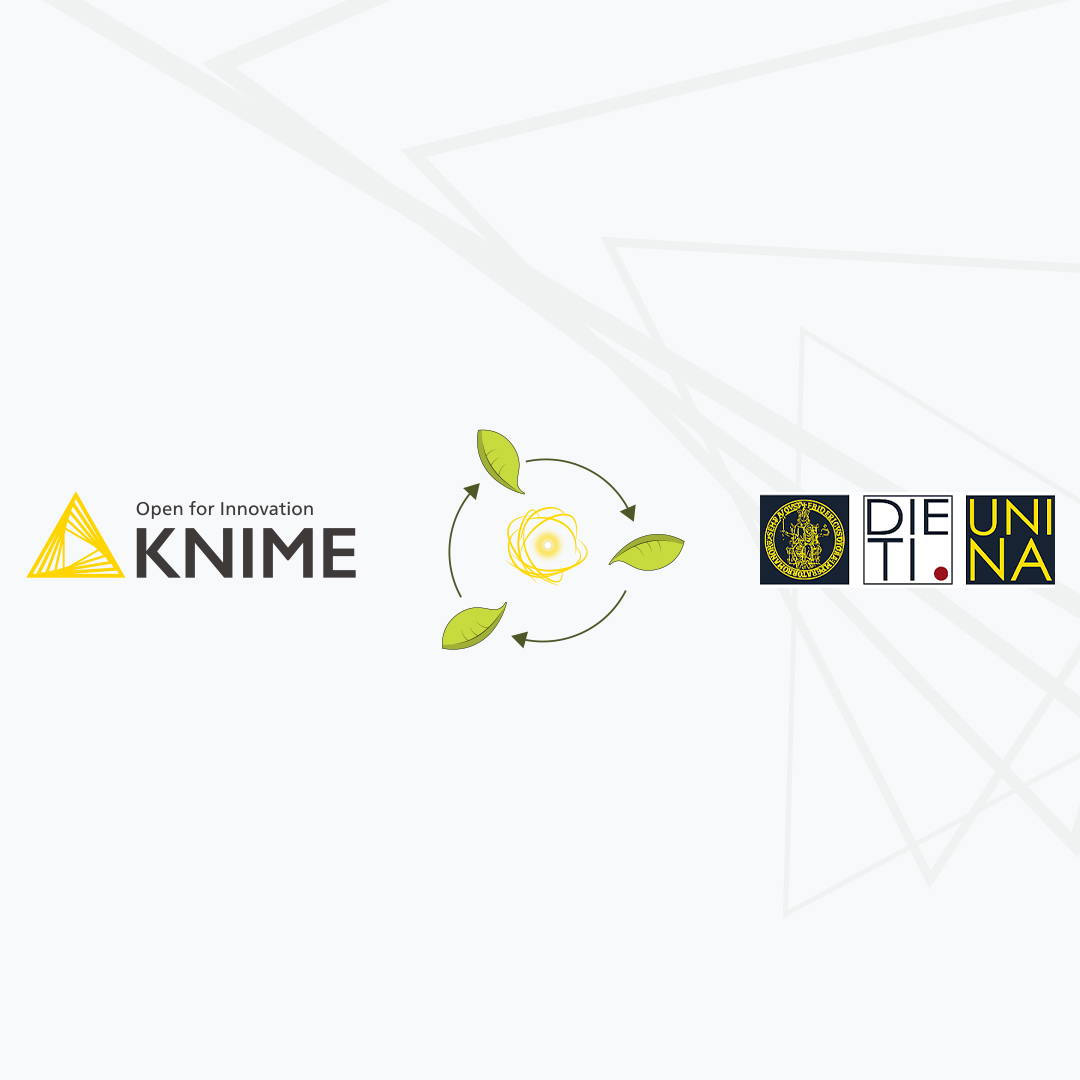In a world where moving to green energy is paramount, students at the University of Naples Federico II have risen to the task. The university's recent initiative, a student challenge focused on green energy, not only highlighted the importance of sustainability, but also the students’ exceptional talents and dedication to sustainable solutions.
Despite more and more progress being made in the production of green energy, our daily and industrial life still heavily makes use of fossil fuels. While building a society totally based on green energy is the final aim, industries are looking for alternatives able to sustain the energy transition process. A possible solution is the use of biofuels— namely, fuels compatible with machinery designed for fossil fuels but obtained by processing other sources instead of oil. Among all, raw feedstock processing (e.g. by using pyrolysis) is a promising approach to producing biofuels from raw vegetable wastes, such as from agricultural sources, lumberjacking, and so on. One of the problems of such an approach, however, is the high variability of the transformation efficiency, which is strongly affected by factors associated with the characteristics of the source material, pre-processing stages, storage type, and handling.
The aim of this challenge was to predict the yield ratio (a numeric prediction) for a given raw feedstock sample described by its properties and characteristics. It required participants to dive deep into the complexities of green energy, using data analysis and predictive modeling to forecast energy needs and optimize green energy production.
The tools of choice were tree ensemble models, feature engineering, parameter optimization, and cross-validation, all orchestrated through workflows built with the low-code KNIME Analytics Platform.
Among the competitors, three students distinguished themselves. They earned the top spots in the challenge by delivering solutions that were not only technically proficient but also innovative.
Let’s meet the winners, in reverse order from third through to first place, and explore their workflows!
3rd place to Pasquale Riello: Adding a Java Snippet before Gradient Boosted Trees training
Pasquale Riello impressed with his meticulous approach to cross-validation and parameter optimization. In this case, he adopted the Gradient Boosted Trees algorithm and applied domain expertise by performing feature engineering via a Java Snippet node. For the future, it may be useful to hold out a partition to check performance before retraining the final model and submitting.
Pasquale took home the third place with a clean, easy-to-understand, and well-designed KNIME workflow. Congratulations, Pasquale!
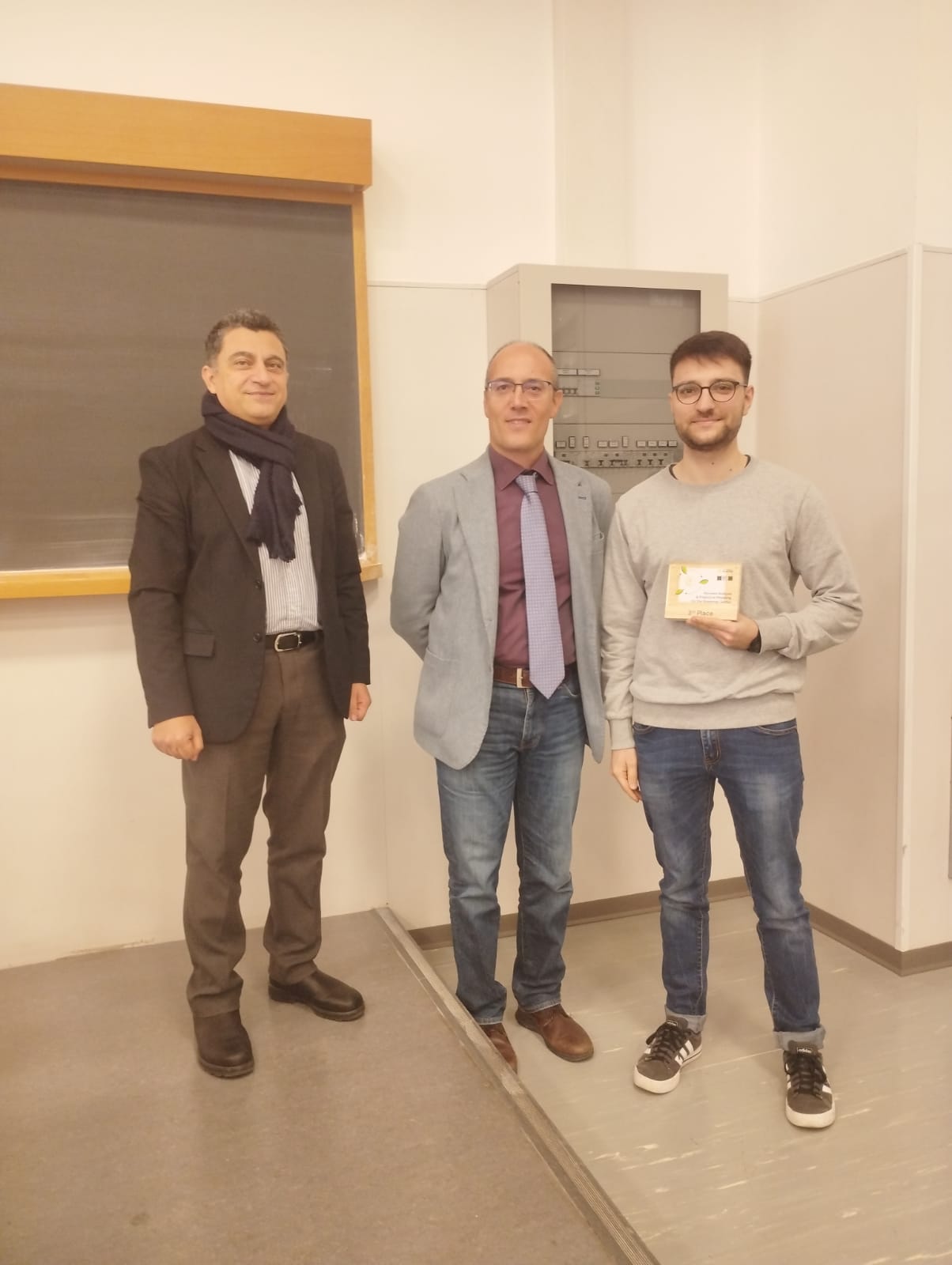
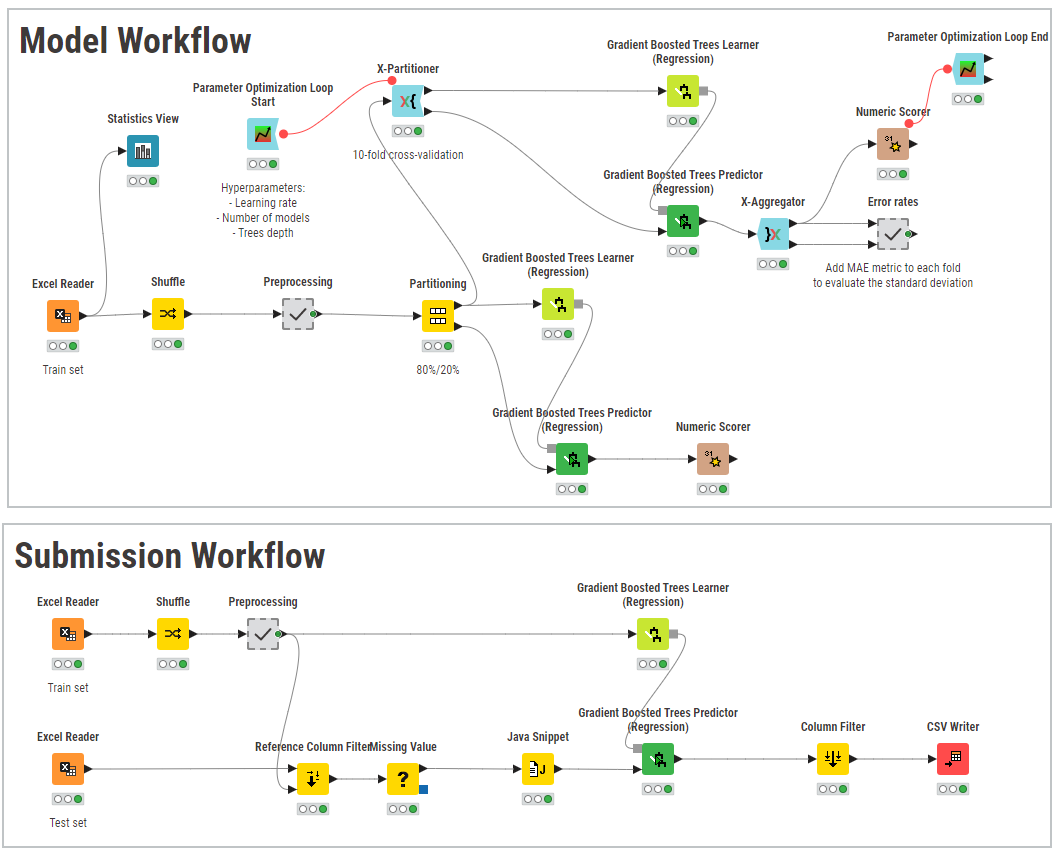
The workflow by Pasquale Riello is available to download on the KNIME Community Hub.
2nd place to Saverio Picarelli: Adding transparent feature engineering and unique cosmetiques
Saverio Picarelli secured second place with his innovative solution, which stood out not just for his colorful cosmetic choices or his positioning as second on the leaderboard, but also for performing a transparent feature engineering in the metanode “Preprocessing.” With this, he solved the missing value imputation by applying an heuristic unique to the chemical problem at hand. He was predicting on the test partition for each iteration of the “X Partitioner” node, which did result in a slower execution time, but all part of the learning process.
Congratulations to Saverio for scoring second in this challenge!
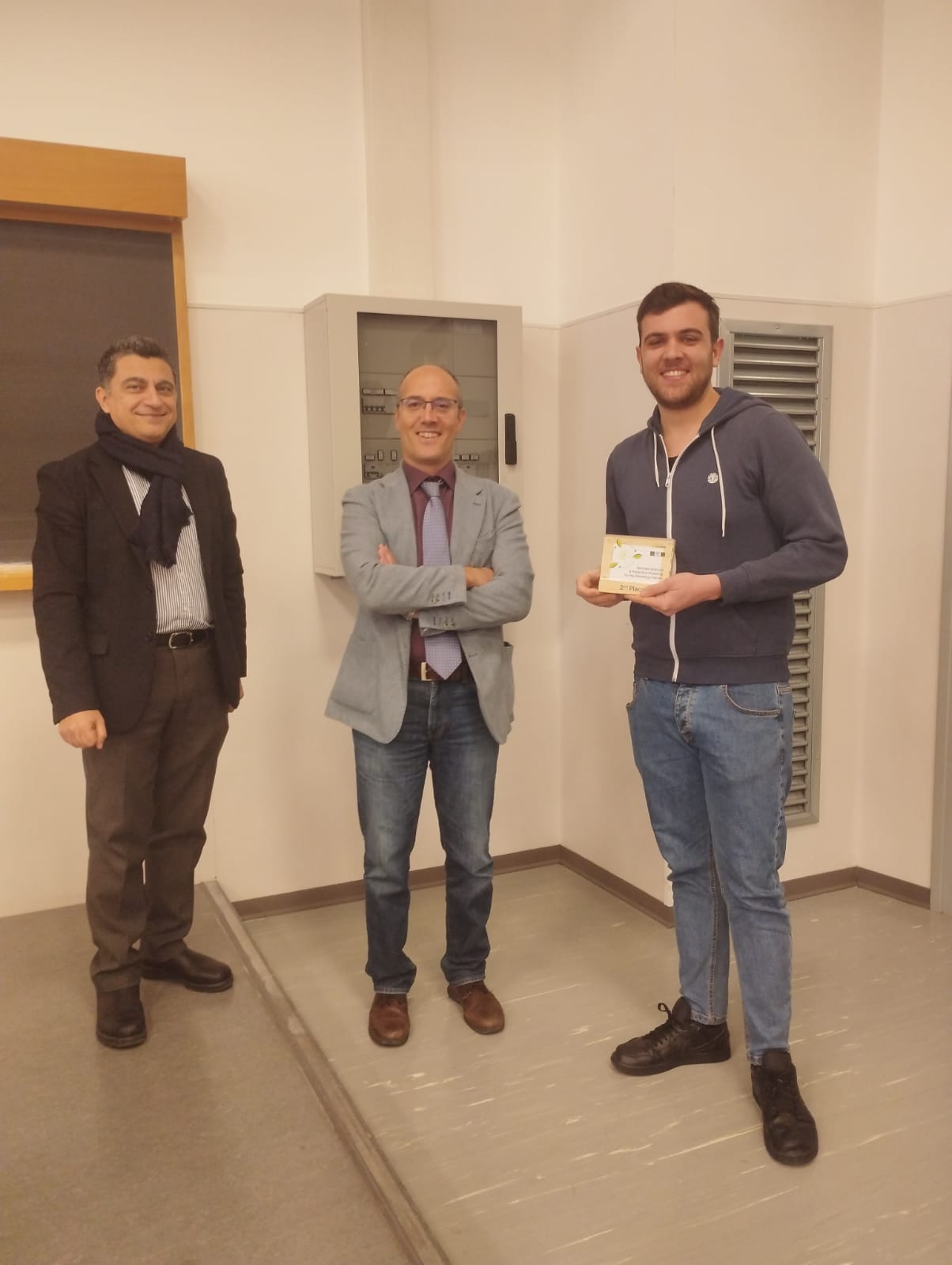
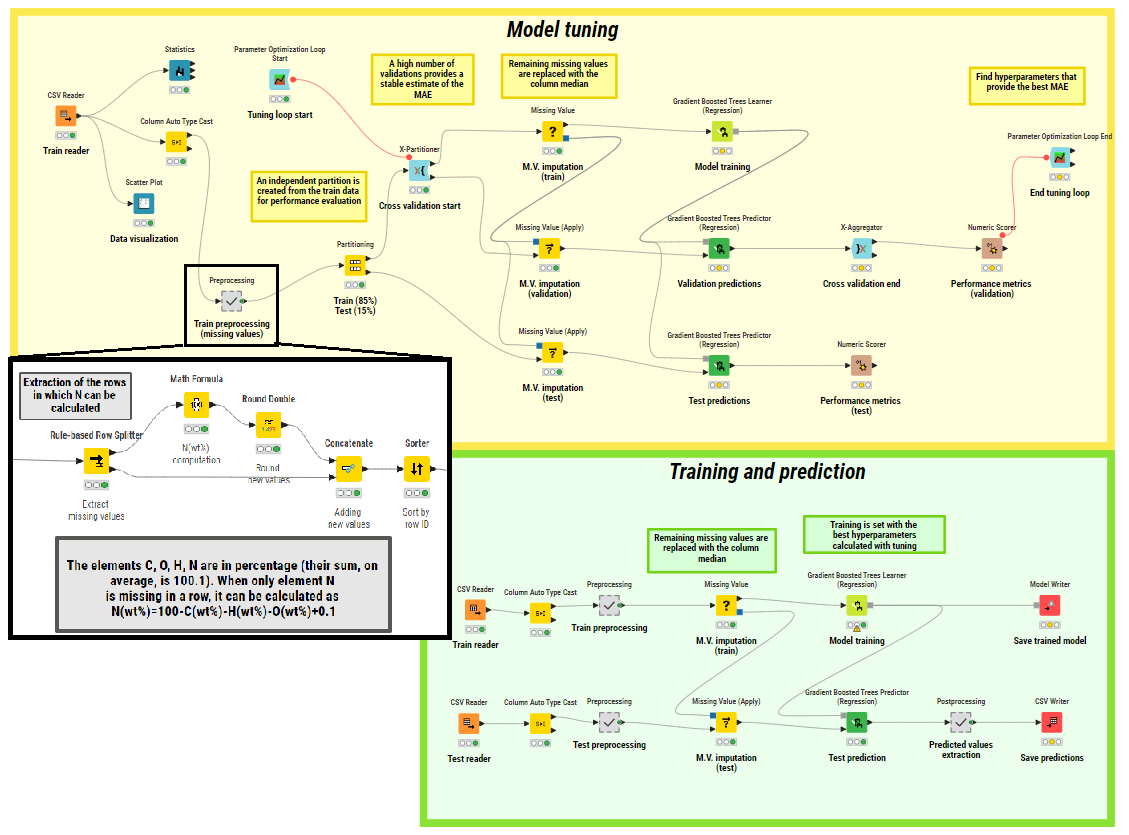
The workflow by Saverio Picarelli is available to download on the KNIME Community Hub.
1st place to Angelo Barletta: Adding correlation filtering and final scoring of performance
Angelo Barletta emerged victorious, scoring first place on the leaderboard. The workflow was performing parameter optimization via cross validation, taking into account correlated features and training and XGBoost Tree Ensemble model. This workflow was the only one to not perform missing value imputation and for good reasons: tree ensemble models can deal with missing values much better than other machine learning algorithms. His workflow was also carefully retraining one last time, leaving out some data to measure performance before submitting on Kaggle—a requirement if you get a limited number of submissions per day.
Many kudos to you, Angelo!
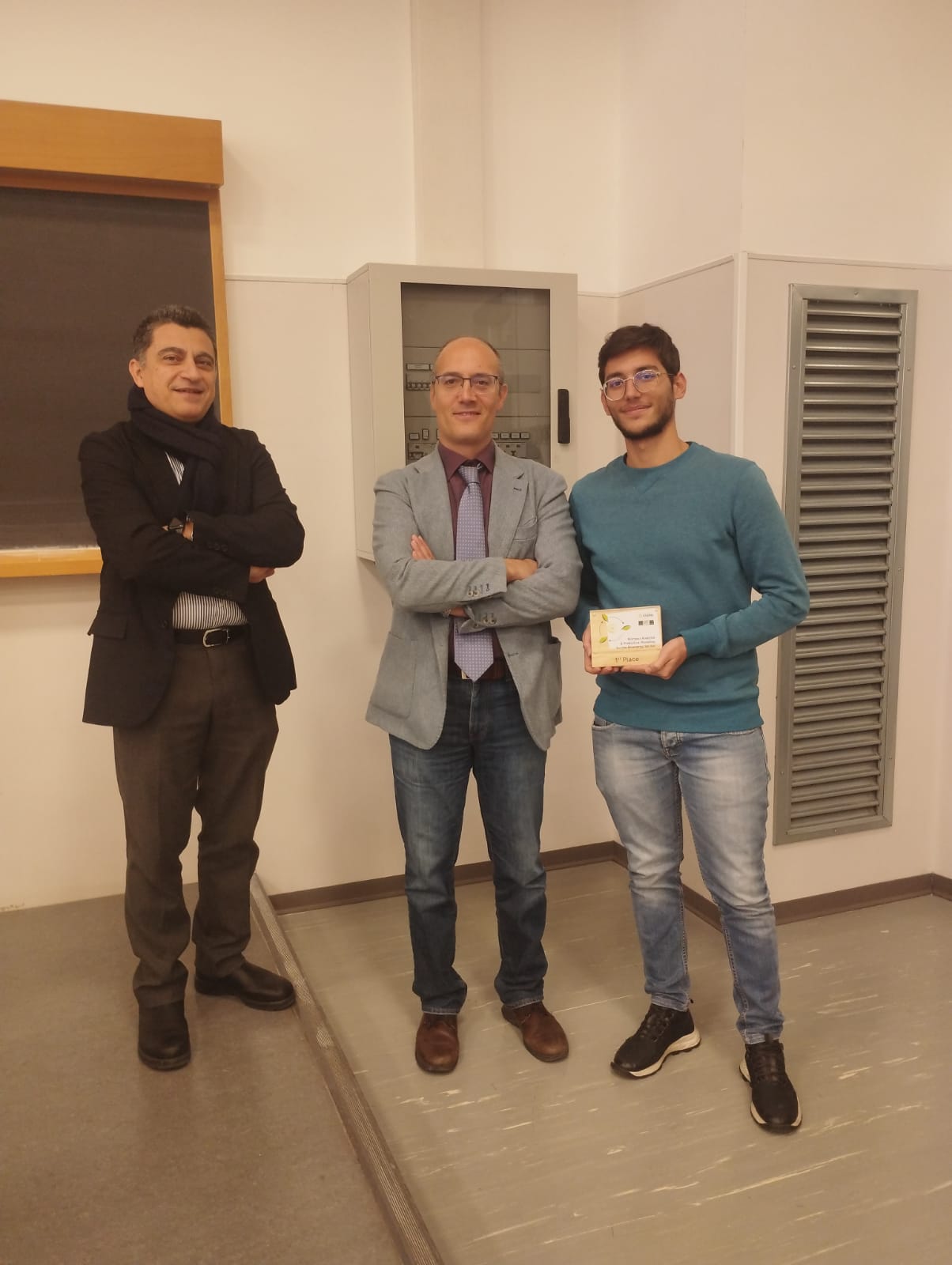
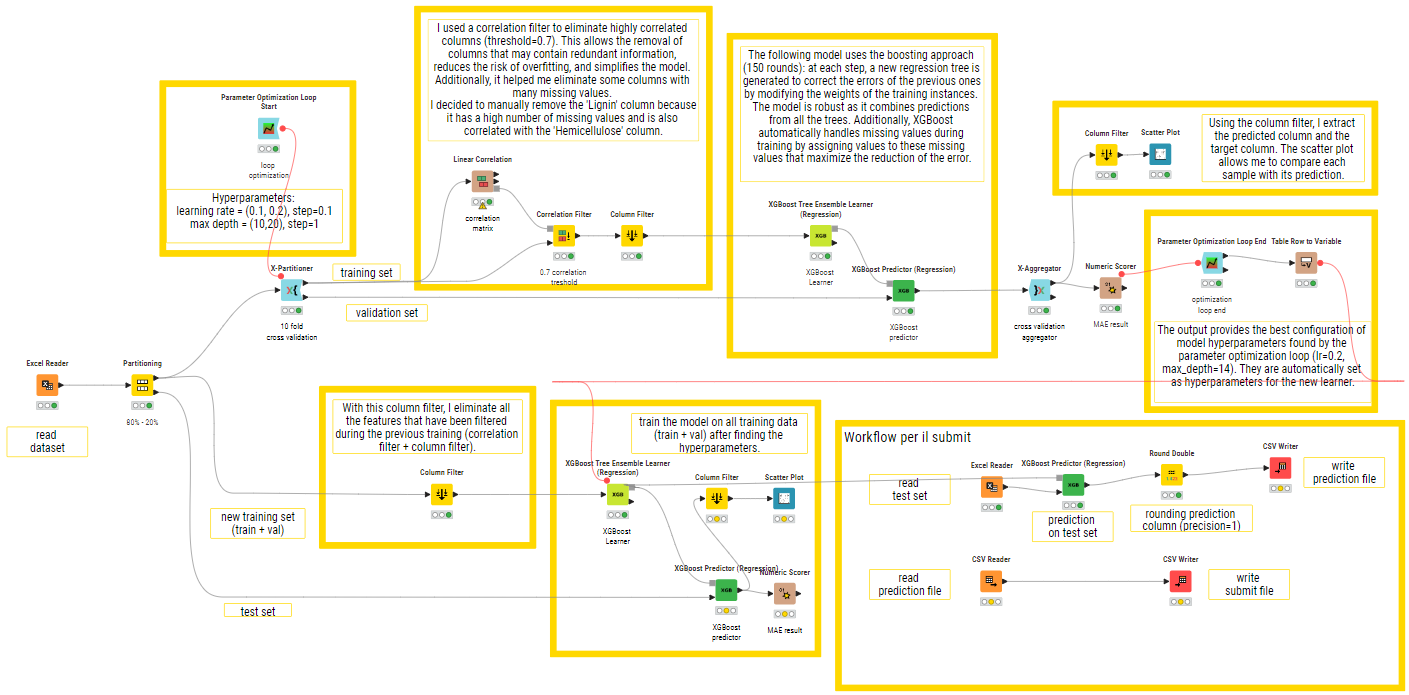
Angelo Barletta's workflow is available to download on the KNIME Community Hub.
Low-code adoption at University Federico II of Naples
These victories are not just personal achievements for Angelo, Saverio, and Pasquale, but are also a source of pride for the University Federico II of Naples. They exemplify the university's commitment to fostering an environment where innovation, sustainability, and academic excellence can flourish thanks to a low-code approach to data science.
To the winners, congratulations on your well-deserved success. Your hard work, creativity, and dedication have not only earned you accolades, but might have also contributed to the global pursuit of sustainable energy solutions.
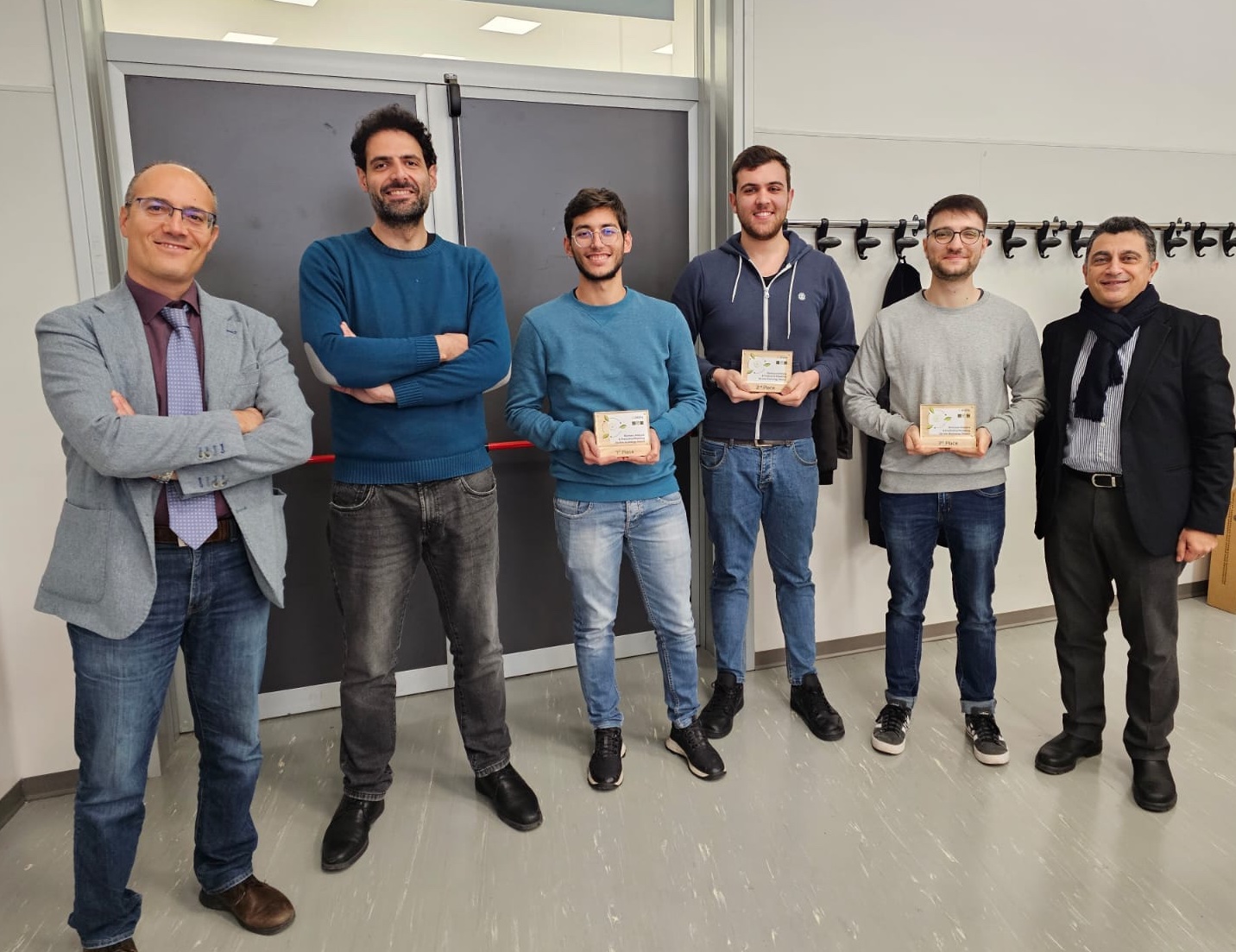
Through challenges like these, the University Federico II of Naples helps prepare students to face the challenges of the future, as well as encourage them to be the catalysts for change in creating a sustainable world.
Many thanks to Prof. Carlo Sansone and his team, Stefano Marrone and Michela Gravina, who have been teaching KNIME for many years in his machine learning course through the Department of Electrical Engineering and Information Technologies (DIETI) at the University Federico II of Naples.
To run a similar challenge in your university course, apply for the next round in 2024. See here for more information: Transform your class: Apply for a 2024 challenge to empower students.
